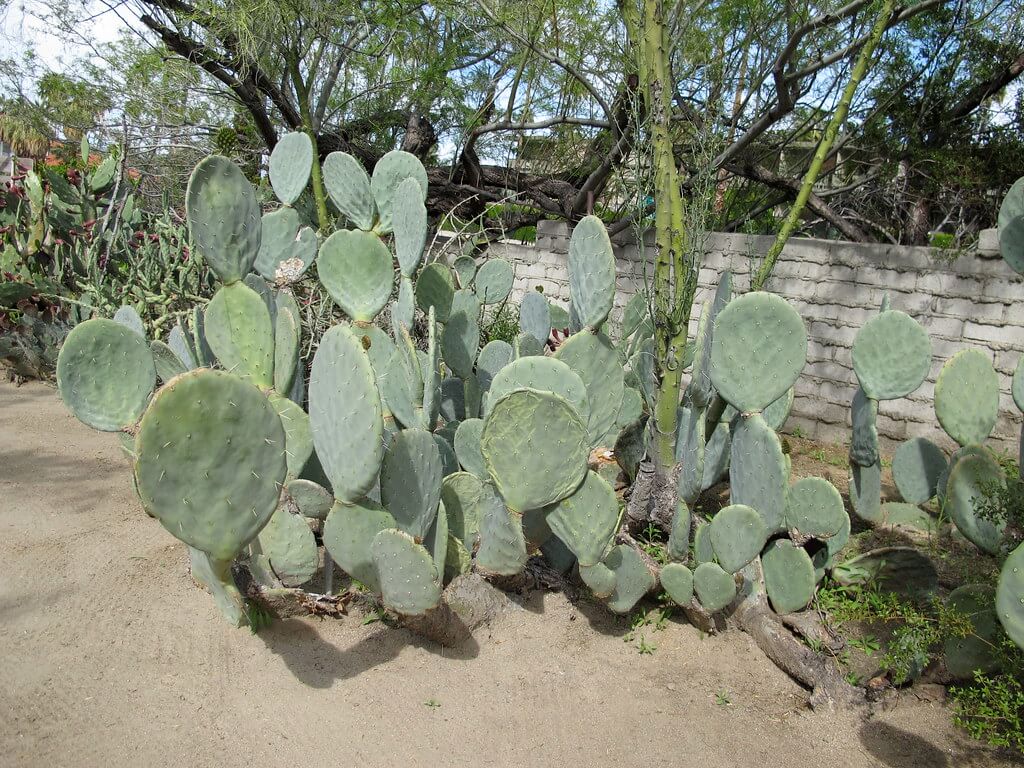Anderson, E.F. (2001). The Cactus Family. Timber Press, Portland.
Australian Plant Census (2011) available at: Vascular Plants APNI (biodiversity.org.au).
Australia's Virtual Herbarium (AVH) (2007). Council of Heads of Australian Herbaria (CHAH). Available at: Home - AVH (chah.org.au).
Edmunds, L (2006). Blinman/Parachilna Pest Plant Control Newsletter Vol 1, 4: 3
GRIN (2007). USDA, ARS, National Genetic Resources Program. Germplasm Resources Information Network - [Online Database]. National Germplasm Resources Laboratory, Beltsville, Maryland. Available at: USDA-ARS Germplasm Resources Information Network (GRIN) (ars-grin.gov)
Harden, G.J. (1990). Opuntia in Harden, G.J. (Ed), Flora of New South Wales 1: 203. New South Wales University Press, Kensington.
Hosking, J.R., Mc Fadyen, R.E. & Murray, N.D. (1988). Distribution and biological control of cactus species in eastern Australia. Plant Protection Quarterly 3 (3) 115-123.
Navie S. (2004). Declared Plants of Australia. An identification and information system. Centre for Biological Information Technology: Brisbane. [CD-ROM]
Parsons, W.T. and Cuthbertson, E.G. (2001). Noxious Weeds of Australia. CSIRO Publishing, Victoria. Stajsic, V & Carr, G.W. (1996). Opuntia in Walsh, N.G. & Entwisle, T.J. (Eds) Flora of Victoria 3: 127-128 (Inkata Press, Melbourne).
Telford, I.R.H. (1984). Opuntia in George, A.S. (Ed.) Flora of Australia 4: 74. Australian Government Printing Service, Canberra.
Victorian Resources Online (2007). Prickly Pears (Opuntia spp.) (Nox.) Department of Primary Industries Victoria. Available at: Prickly pears (Opuntia spp.) (Nox) | VRO | Agriculture Victoria































